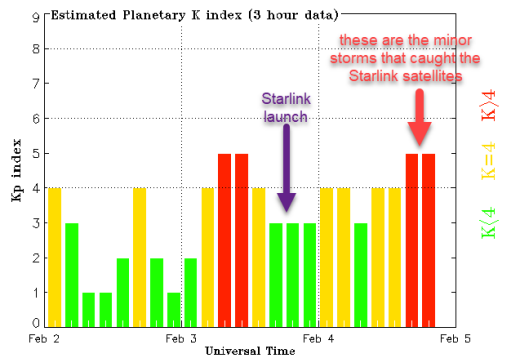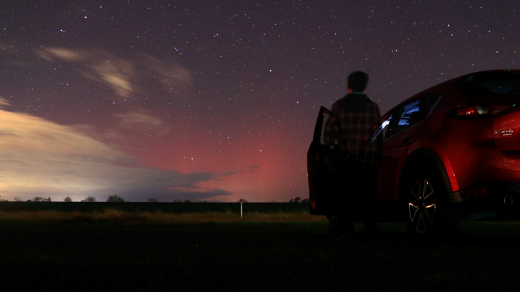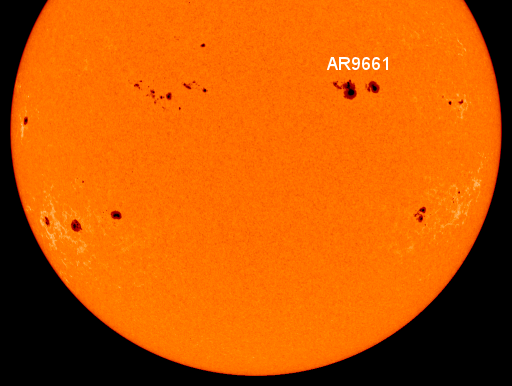
Variation in solar activity during a recent sunspot cycle [credit: Wikipedia]
– – –
With several solar flares and coronal mass ejections soaring out into space, the sun has had an active few months as the current solar cycle gathers momentum,
says Newsweek.
This solar cycle, Solar Cycle 25, is exceeding expectations in terms of activity, as it was initially forecast in 2019 that it would have a similar activity level to that of the previous cycle.
However, Solar Cycle 25 has now outperformed the official forecast for over 24 consecutive months, with sunspot numbers already approaching those seen during the maximum of the previous cycle.
The average sunspot numbers for January and February 2023 were some of the highest for around 10 years, according to NOAA data, with January seeing 143 sunspots, while February had 110. The previous highest-scoring month was during the peak of the previous cycle, Solar Cycle 24, with 146 sunspots occurring in February 2014.
The solar cycle follows 11-year fluctuations of activity, increasing towards the solar maximum in the middle of each cycle. The last solar minimum was in 2019, with the next solar maximum forecast for 2025. Solar Cycle 25 is so-called because it is the 25th cycle since records began in 1755.
These increased sunspot levels have led to higher frequencies of solar activity, such as solar flares and coronal mass ejections (CMEs), which have lit up the night sky with spectacular aurora as far south as France, and caused several geomagnetic storm-triggered radio blackouts in the past week alone.
When the twisted magnetic fields of sunspots suddenly realign, this can cause the sun to release huge amounts of electromagnetic radiation in the form of solar flares, and also spew out vast clouds of solar plasma as CMEs.
These solar phenomena then react with the chemicals in our atmosphere, leading to a kaleidoscope of colors being seen in the night sky in the form of the Northern and Southern lights, as were seen across the world on Tuesday as a result of two massive CMEs released on February 24 and 25.
Full article here.
– – –
NASA’s Solar Cycle 25 blog is here.
























